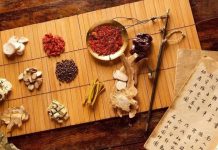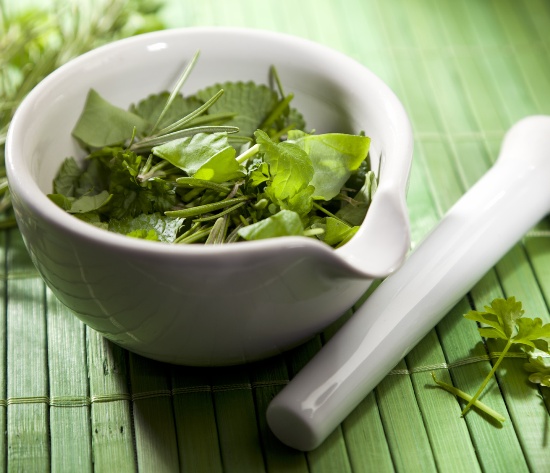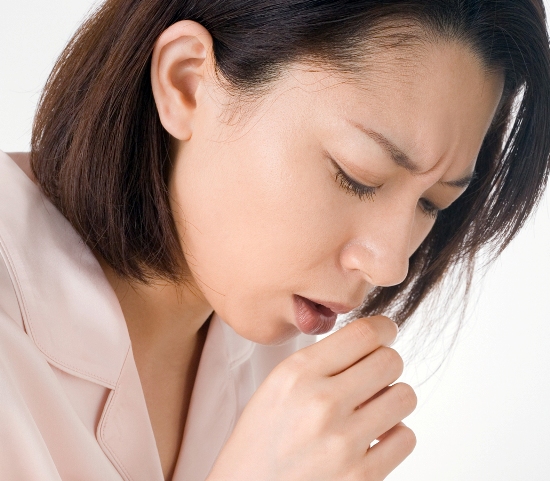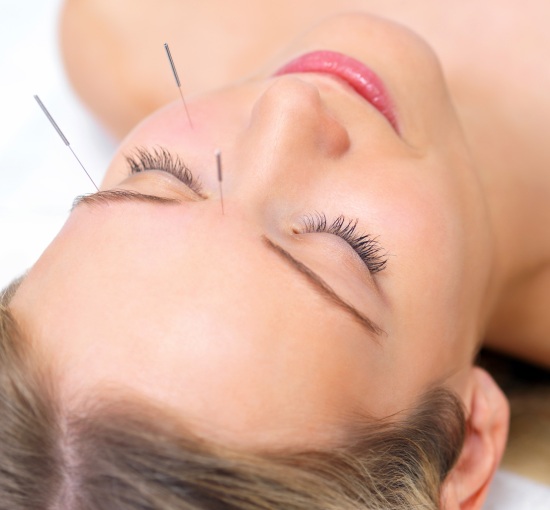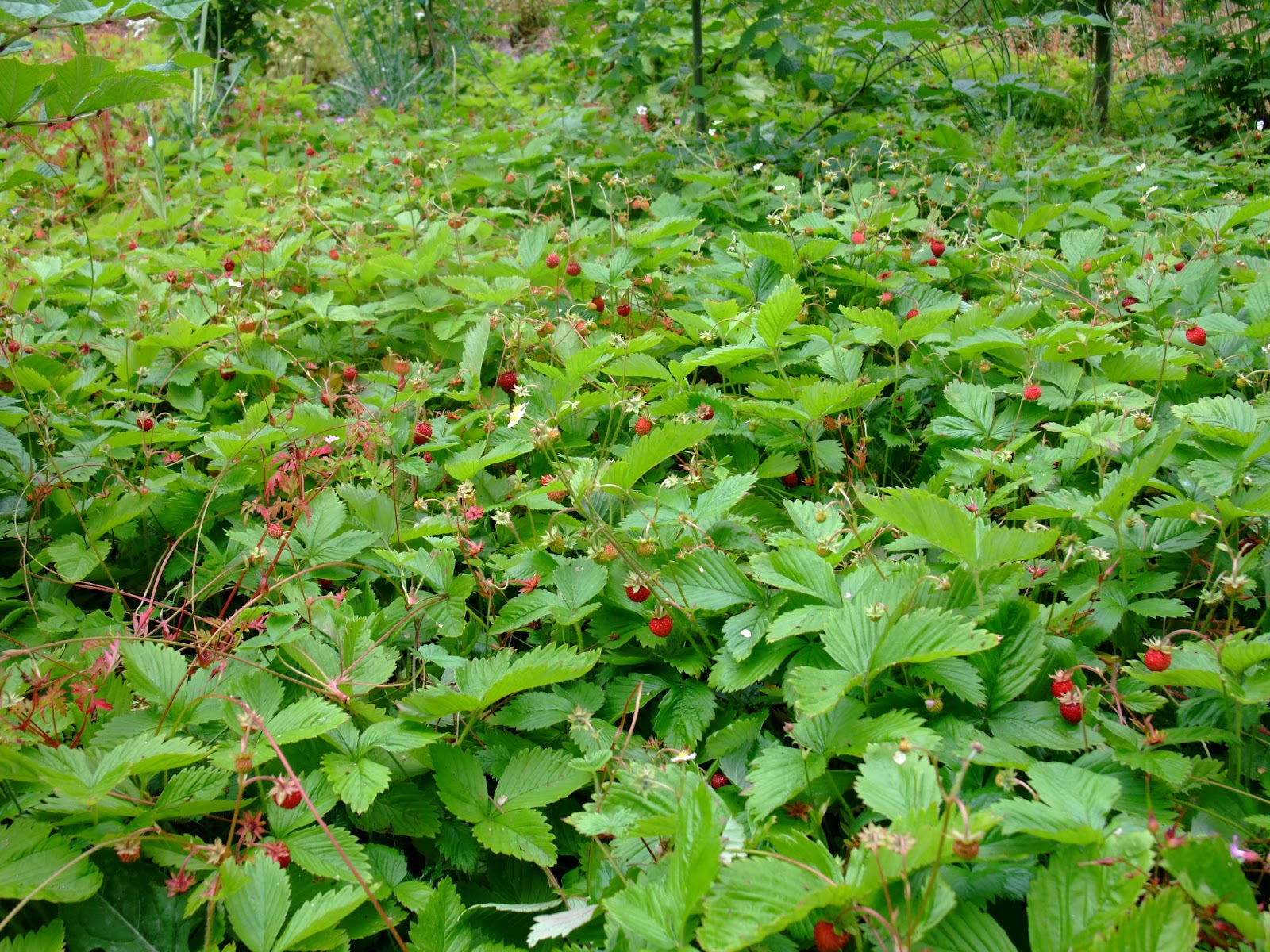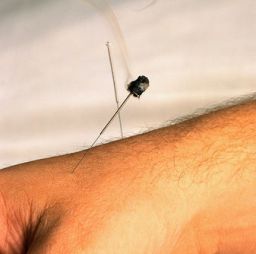 Moxibustion is the Traditional Chinese Medicine practice of burning herbs on or near specific points of the body to produce a particular effect.
Moxibustion is the Traditional Chinese Medicine practice of burning herbs on or near specific points of the body to produce a particular effect.
In the spirit of full disclosure, there is no basis in western medicine for the functionality of moxibustion.
There are, however, about 3000 years of practice spread across the whole of Asia, not just China, to show that process is effective.
In fact, the western word for moxibustion is more associated with the Japanese than Chinese language. And the practice is common in the medical systems of Japan, Korea, Vietnam, Tibet, and Mongolia as well as China.
The herb most often used during moxibustion is mugwort. It is generally placed either directly on the patient’s skin, on top of a piece of ginger placed directly on the patient’s skin, or the herb is held above the skin on an acupuncture needle.
The points or meridians where the herbs are burnt are very specific. As with most facets of these traditional systems, this should only be done by an experienced practitioner.
The basic theory is that the moxa (as the mugwort is called) warms these points and promotes circulation of both blood and qi, which is the subtle energy that is a pillar of these types of traditional medicine practices.
Historians believe that moxibustion predates acupuncture, and that the use of needles supplemented moxa in or around the second century B.C.
Moxibustion is considered useful therapy for many diseases and conditions such as migraines, arthritis, tendonitis, and is also useful for turning a breech baby.


